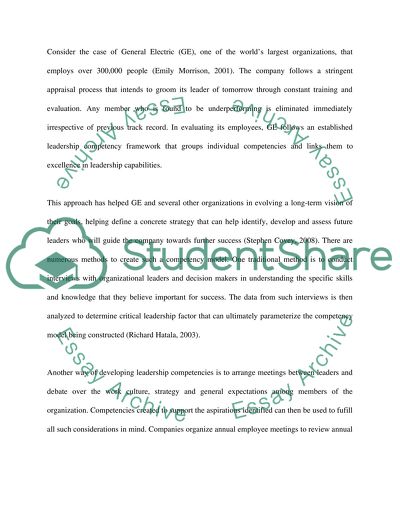Cite this document
(“LEADERSHIP - Much popular literature suggests that what helps makes Essay”, n.d.)
LEADERSHIP - Much popular literature suggests that what helps makes Essay. Retrieved from https://studentshare.org/miscellaneous/1561877-leadership-much-popular-literature-suggests-that-what-helps-makes-organizations-successful-over-the-longer-term-is-a-stereotypical-larger-than-life-charismatic-leader-critically-evaluate-what-leadership-factors-are-needed-to-help-deliver-organizati
LEADERSHIP - Much popular literature suggests that what helps makes Essay. Retrieved from https://studentshare.org/miscellaneous/1561877-leadership-much-popular-literature-suggests-that-what-helps-makes-organizations-successful-over-the-longer-term-is-a-stereotypical-larger-than-life-charismatic-leader-critically-evaluate-what-leadership-factors-are-needed-to-help-deliver-organizati
(LEADERSHIP - Much Popular Literature Suggests That What Helps Makes Essay)
LEADERSHIP - Much Popular Literature Suggests That What Helps Makes Essay. https://studentshare.org/miscellaneous/1561877-leadership-much-popular-literature-suggests-that-what-helps-makes-organizations-successful-over-the-longer-term-is-a-stereotypical-larger-than-life-charismatic-leader-critically-evaluate-what-leadership-factors-are-needed-to-help-deliver-organizati.
LEADERSHIP - Much Popular Literature Suggests That What Helps Makes Essay. https://studentshare.org/miscellaneous/1561877-leadership-much-popular-literature-suggests-that-what-helps-makes-organizations-successful-over-the-longer-term-is-a-stereotypical-larger-than-life-charismatic-leader-critically-evaluate-what-leadership-factors-are-needed-to-help-deliver-organizati.
“LEADERSHIP - Much Popular Literature Suggests That What Helps Makes Essay”, n.d. https://studentshare.org/miscellaneous/1561877-leadership-much-popular-literature-suggests-that-what-helps-makes-organizations-successful-over-the-longer-term-is-a-stereotypical-larger-than-life-charismatic-leader-critically-evaluate-what-leadership-factors-are-needed-to-help-deliver-organizati.


